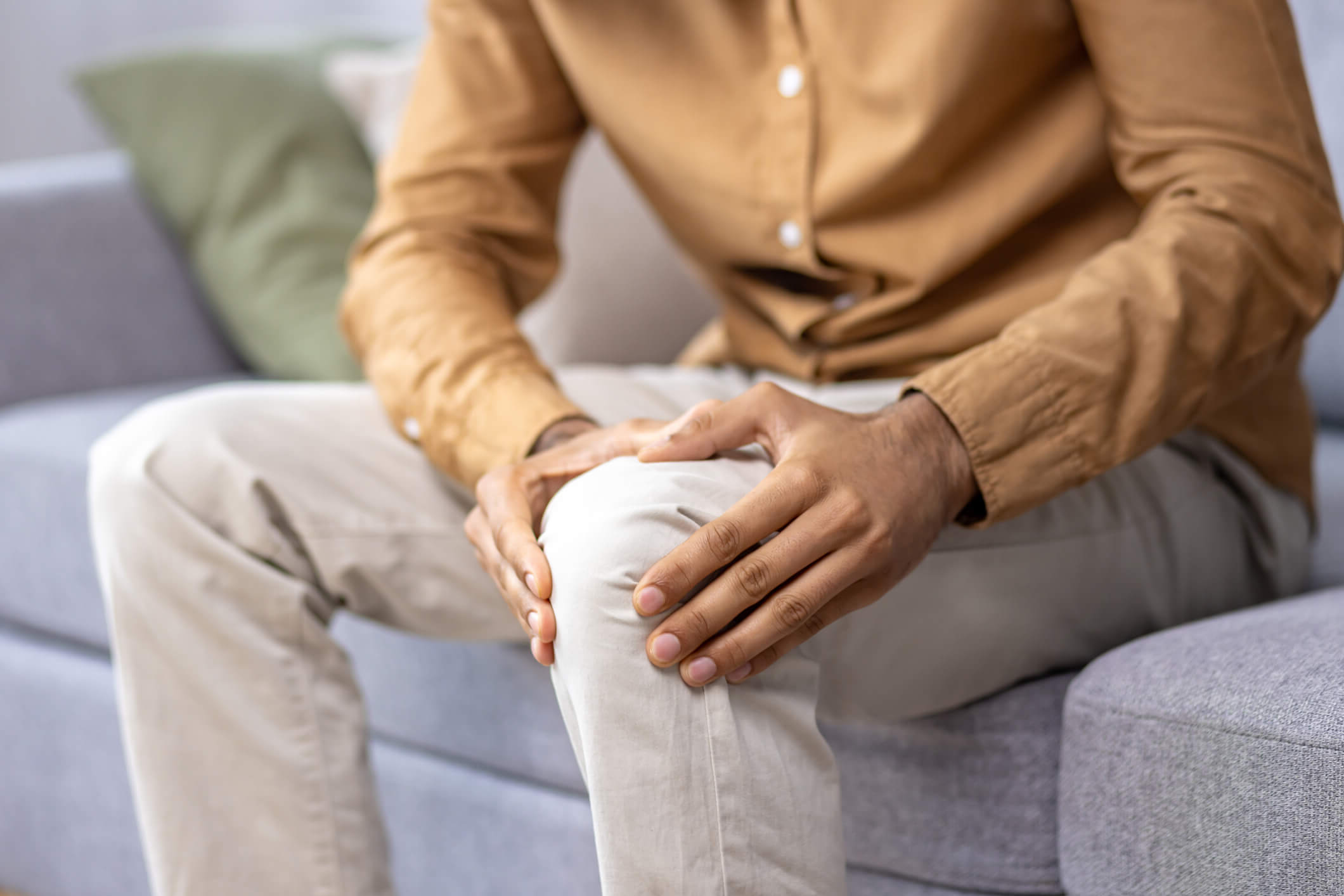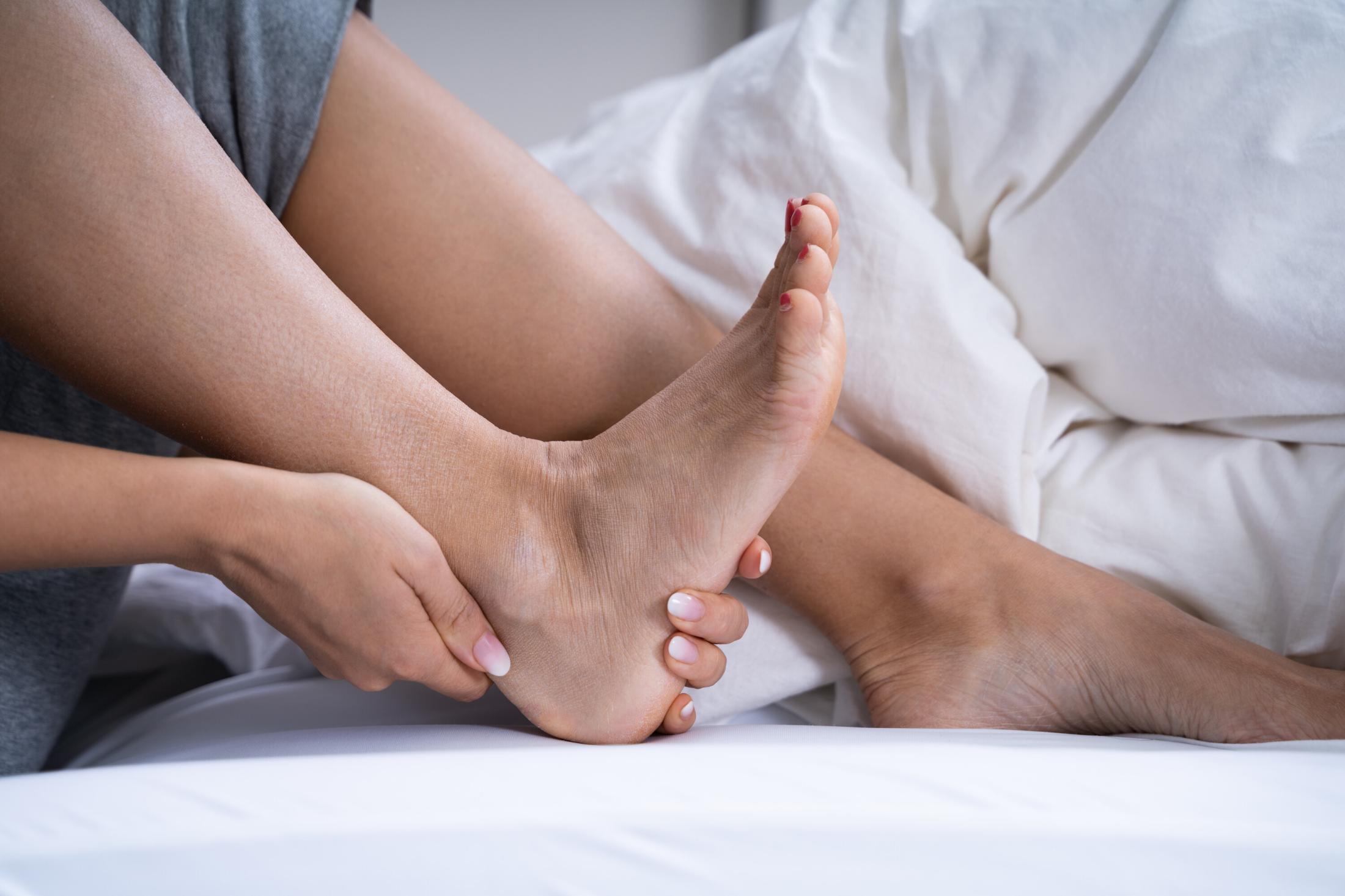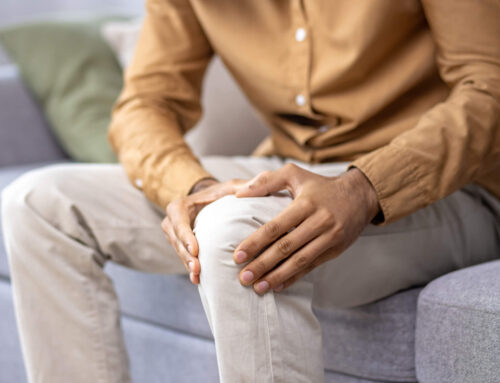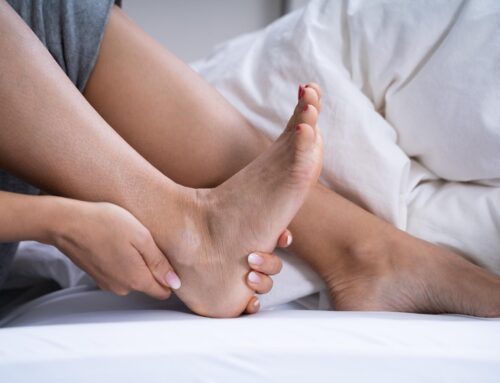Varicose veins and venous insufficiency are common, especially as you age. If you have varicose veins, you may have noticed aching or throbbing in your legs and swelling. In severe cases, you may also experience itching and burning sensations in the skin around your ankles.
The good news is that many treatments for varicose veins and venous insufficiency are available today, such as compression stockings. Compression hosiery help with lymphatic drainage and improve circulation.
This article will cover compression hosiery, how they work, who should wear them, and how to choose the right pair for your needs.
What is Venous Insufficiency?
Venous insufficiency develops when blood pools in the legs instead of returning to the heart. Veins’ valves direct blood back to the heart. However, reversing blood flow is also possible when these valves malfunction. As a result, blood may pool in your lower extremities.
Although not a life-threatening condition, the anguish and incapacity it causes are real. And if left untreated, the disease can lead to the development of dangerous illnesses, such as phlebitis and pulmonary embolism.
Symptoms Associated with Chronic Venous Insufficiency
- Ankle or leg swelling
- A sense of constriction in the calf or itchy, painful legs
- Brownish skin, most noticeably around the ankles
- Varicose veins
- Occasionally difficult-to-treat leg ulcers
- Feeling uneasy in your legs and wanting to get up and go about (restless legs syndrome)
- Cramps and spasms in the legs
What Factors Contribute to Venous Insufficiency?
Several aspects increase your risk of developing this illness, such as:
- Pregnancy
- Higher weight body
- History of this ailment in your family
- Had leg damage from an accident, surgery, or prior blood clot
- Insufficient physical activity
- Smoking
- A clot of blood that forms in a large vein – typically in the leg
- Inflammation and swelling of a vein near the skin, most commonly in the legs
Chronic Venous Insufficiency: Diagnostic and Treatment Options
If a vein expert suspects that you have chronic venous insufficiency, they will examine your medical records and conduct a battery of tests to confirm the diagnosis. Ultrasound imaging is commonly used to diagnose because it provides a more precise image of blood flow than other diagnostic methods.
A venogram can produce visual evidence of your blood circulation by infusing a dye into your veins. The opaque appearance of the veins caused by the contrasting color gives your doctor an instant assessment of your veins’ health.
The first step in treating chronic venous insufficiency is usually compression therapy. However, the specific treatment plan will vary depending on the patient’s condition.
Why Do You Need to Wear Compression Hosiery?
Compression hosiery, often known as compression stockings or socks, are an elastic hosiery style that promotes good blood circulation and reduces the risk of several medical issues. This may include chronic venous insufficiency, varicose veins and spider veins.
These stockings work by applying pressure to the ankles and lower legs, compressing the surface arteries and veins and facilitating the normal functioning of the vein valves and the return of blood to the heart.
A Guide to Wearing Stockings
Always wear compression hosiery before lowering one’s legs and getting out of bed in the morning. This helps maintain proper valve positioning, which in turn promotes healthy blood flow to the legs throughout the day.
When you sleep in a horizontal posture, your vein valves perform more efficiently than when you are sitting or standing. When standing upright, gravity causes the damaged valves to restrict blood flow. That’s why your lower extremities, including your ankles and calves, feel good first thing in the morning but gradually swell and get heavy over the day.
Compression Stocking Fitting: How to Find the Right Pair
Compression hosiery are fantastic since they can be found in various lengths, widths, and strengths to meet your specific needs. The length is crucial for reaching the problem region with the varicose veins.
Compression strength is expressed in Millimeters of Mercury (mmHg). Varicose veins are best treated with compression hosiery, with a starting point often between 20 and 30 mmHg. Nevertheless, if you have significant varicose veins, you may want to go even lower, to 30–40 mmHg.
Compression levels vary, and you should select one that best matches your symptoms and the extent of your varicose veins. Here are the four key compression levels:
- Mild compression: If you have mild chronic venous insufficiency, you should utilize mild compression to maintain healthy blood flow and make your legs feel lighter.
- Moderate compression: After you notice spider veins or varicose veins, your doctor will likely suggest moderate compression since it is more effective.
Firm and extra firm compression: Doctors often advocate hard and extra firm compression for more severe forms of venous disorders such as DVT, leg ulcers, and lymphatic edema.
If you’re on the fence about what to do, it’s probably advisable to get your doctor’s opinion on which power stocking is best for you.
How to Select the Proper Size of Compression Hosiery
Getting the appropriate fit for your compression hosiery is essential for maximum comfort and reaping the full advantages of elastic hosiery. If your compression hosiery are too loose, they will slide down your leg as you walk or sit. If they are too tight, they will cause discomfort and make it difficult for you to walk. Follow these simple steps to ensure that your compression stockings fit correctly:
- It’s a good idea to measure your legs before you get out of bed or even lower them in the morning. This will help you determine whether or not your legs are swollen, which can affect how well your compression hosiery fit.
- Knee-high socks require a measurement encompassing the smallest part of your ankle and the largest region of your calf. Then, with your feet flat on the floor, sit up straight on the bed with your knees bent to a right angle. Measure from the floor up to the inside of each bent knee.
- For thigh-high stockings, begin measuring as you would for knee-high socks. Next, stand up and measure the area just below your buttocks on your thighs. Once done, measure your buttocks to the floor.
See a medical professional for guidance if you’re unsure how to take one of these measurements.
Compression Hosiery: Care and Maintenance
Compression hosiery need minimal effort in terms of upkeep. There are, however, a few things to keep in mind to maximize their usefulness and longevity:
- Use cold or moderately warm water to wash your stockings.
- Stockings are delicate and should be washed by hand instead of in a washing machine.
- Use just soap or a light detergent; fabric softener is not recommended.
- Avoid using a dryer at all costs. Dry your stockings by hanging them up.
Despite the widespread use of compression socks and stockings, they may not be completely effective in preventing the onset of varicose veins. However, when worn over an extended period, they can serve as an excellent adjunctive method for promoting healthy blood flow and minimizing uncomfortable symptoms.
The application of compression garments is a remarkable treatment strategy and a critical aspect of the patient care plan. Compression hosiery help to improve symptoms, reduce short-term and long-term complications of venous disease, and improve functional mobility and quality of life. The quality and evidence about using compression hosiery for patients suffering from varicose veins and venous insufficiency are strong. The benefits outweigh any limitations posed by negative side effects, especially for patients with mild to moderate disease.
The best way to determine which compression hosiery are right for you is to have a conversation with your physician or healthcare professional. That person will be able to evaluate your specific condition and recommend the right product for your needs.
Share This Story, Choose Your Platform!
Table of Contents
- for Varicose Veins and Venous Insufficiency
- What is Venous Insufficiency?
- Chronic Venous Insufficiency: Diagnostic and Treatment Options
- Why Do You Need to Wear Compression Hosiery?
- Compression Stocking Fitting: How to Find the Right Pair
- How to Select the Proper Size of Compression Hosiery
- Compression Hosiery: Care and Maintenance
We specialize in orthotics, body braces, and compression wear tailored to your unique needs in Toronto. Reach out to us at info@caremed.care or call 416-782-5353 to book your fitting and consultation.
Experience the difference of customized solutions designed just for you.











